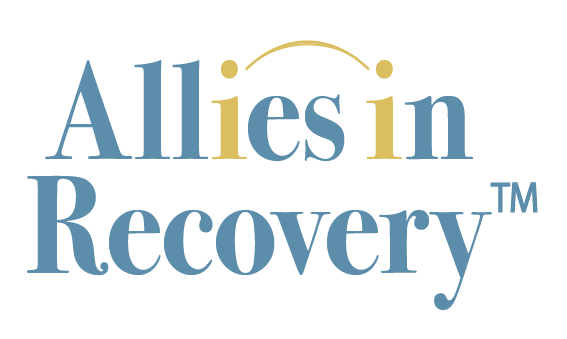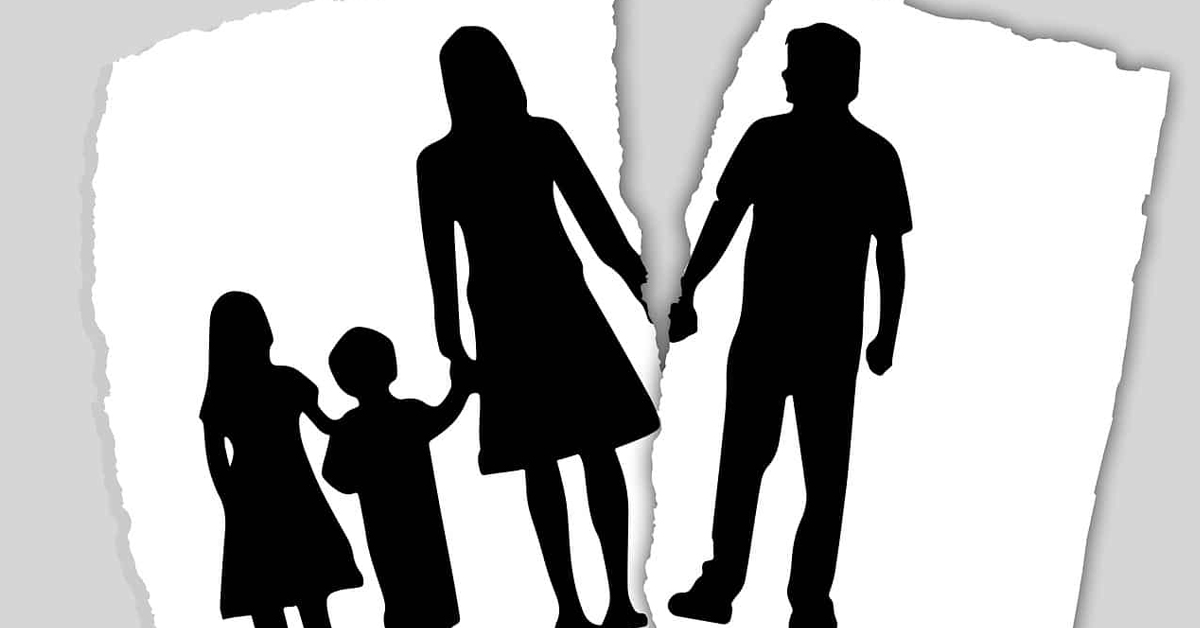Photo credit: startup info
What can our children make of CRAFT? Allies’ writer Isabel Cooney has a powerful story to share—and some great thoughts for our community about opening a little window on the practice. As her experience suggests, CRAFT may have more to offer than a child or teen can truly take on. But young people may still benefit from an introduction to what the adults in their lives are trying to do.
I only discovered CRAFT, and Allies, after coming to the end of my rope and divorcing my husband, who struggled with drinking and categorically refused to look at it. Allies appeared in my life in the form of a new job, just a year after I had written off my marriage. It was bittersweet to learn that I hadn’t exactly tried everything to save my marriage, as I believed I had.
After the separation, my daughters and I still had to navigate my ex-husband’s substance use and mental health issues. They were pre-teens when we split up, and for better or worse, they continued to live with him 50% of the time.
Once I came to understand CRAFT and began applying it in my relationship with my ex, it occurred to me that I might also introduce the basic tenets to our daughters. But I knew I couldn’t ask them to learn the whole program and join me in trying to guide their father towards treatment. They were young, they were busy being teens, and their relationship with him was sticky and tricky.
One of my daughters was interested in hearing what I had to say about CRAFT, while the other didn’t want to be bothered, and certainly didn’t want to feel like she had any responsibility whatsoever for helping or shepherding her father towards treatment (or anywhere at all for that matter).
So, I boiled it down for them. I stuck to what I saw as the most basic tenets, and especially tried to give them plenty of examples (even after the fact, sometimes) of how they could apply those principles.
Natural Consequences
Natural consequences was always a big one—and in a sense, easier than others—because it didn’t require them to do anything, but rather not to do certain things.
When it was safe to do so, let him wake up on the floor and feel stupid and regretful about what he had done, not done, missed, or messed up. Once, he missed saying goodbye to our daughter who was leaving for the airport for a school year abroad. He was passed out in his underwear on the stone floor when I picked her up. We called the EMTs, let them in, and left for the airport.
When it was not safe to do so—such as when they were supposed to get in the car and he was potentially under the influence—natural consequences were not an option, and they needed to put their own safety before everything else.
The message, in basic, teenager terms, was to quit protecting him from himself. Let him falter. Let him mess up. Let him be embarrassed, even humiliated, by his own choices. These moments can actually help to “wake him up” and provide motivation for change.
Self-Care
I have always found it a struggle to sufficiently underline the importance of this tenet. In fact, it’s sort of the ground rule for CRAFT even to be effective. If the family member/person using CRAFT with their Loved One (LO) can’t learn to separate their own well-being from that of their LO struggling with SUD, they simply won’t be able to have the cool-headedness to stop-think-reward or stop-think-remove rewards. As I see it, this tenet is the keystone of CRAFT. Self-care simply isn’t optional, as some might think. It ain’t no luxury.
As I interpreted it for my adolescent children, self-care for the family member was about finding and protecting their own boundaries, respecting their own needs, considering whether or not they felt safe enough to confide in friends about what they were going through, not blaming themselves, not feeling like they had to take care of him, etc. This one was hard, and therapy was helpful for them in reinforcing these messages.
Rewards
At the time, rewarding their father (with their presence or anything else) and removing rewards when he was using felt like too much to ask of my children. I explained how this part of CRAFT worked and how I was using it, but I also explained that they were not expected to do this dance with him. They were trying to navigate being teenagers, which is hard enough when you don’t have a parent in active addiction. But just knowing about it, and knowing how I was approaching rewards and removal of rewards, allowed them to integrate the concept gradually as they moved into young adulthood.
I would debrief them when I had had a CRAFT-style interaction with their dad, letting them know that I had cut a call short because he was slurring his words. Or that I had actually turned him away at my doorstep, because he smelled of alcohol. Or, years later, that I had told him he was always welcome to come visit me and my new baby as long as he hadn’t been drinking.
Sometimes, CRAFT was infused throughout our day, and right under their noses. One really difficult evening comes to mind, when I was bringing the girls to their dad’s house for the week. He wasn’t responding to the doorbell (we later learned he was passed out inside from a mix of pills and alcohol). For 45 minutes we knocked and yelled and threw
pebbles at the window. We were scared for him. When he emerged, he looked like the living dead, with bloodshot eyes, exhibiting confusion and trying to pretend everything was under control.
My CRAFT training was priceless then. Remove rewards. I told the girls to get in the car, that their dad was unwell. They didn’t waste any time. He was clearly using. He would definitely not get the reward of having his children under his roof tonight.
State the reason for your choice, simply and non-confrontationally. “You clearly aren’t yourself right now. The girls can stay with me tonight. We’ll talk tomorrow.”
Natural Consequences. Just minutes later, as we were parking in front of my place, their dad drove up. The girls got into the house and locked the door, and I stayed outside in my car, observing him. He started calling to them through the window, begging and pleading with them to come home. Making quite the scene in the street. I asked him several times to leave, and he didn’t. So, I called the cops.
The next day I went to the police station and filed a formal complaint. I felt justified in doing this for several reasons: 1) because he had been so completely out of line, was scaring us and threatening me; 2) because I knew that the element of embarrassment and humiliation for a well-regarded business owner had a chance of shaking him; and 3) because I didn’t want to normalize those very concerning behaviors—especially as far as my daughters were concerned.
CRAFT, ten years later
When I thought it might be helpful with a specific issue they were having with their dad, I sometimes picked one or two module segments from the eLearning Library to show them. Instead of sitting down with the written Key Observations exercises, we’d brainstorm orally to reinforce whatever the module focused on.
Once she moved away to college, our elder daughter began cutting phone calls short or leaving the space when she could clearly tell her father had been drinking.
Today our daughters are 19 and 21. This past Christmas, their father joined us at my family’s home. After a first inpatient treatment episode six months before, and several subsequent relapses, he was sober during the holidays. As if she simply couldn’t wait another day, our eldest felt triggered by something he said, and proceeded to deliver an impressively long laundry list of ways she needed him to show up, and ways she felt wronged by him.
This is not something I necessarily would have encouraged her to do, given that he was and is in the early stages of sobriety. At that stage in the recovery journey, people often just aren’t ready to take on a whole lot of responsibility. But it is what she instinctively did. She waited ten full years, until he began to get a little traction with sobriety, to speak her truth. It was really hard for him to hear, but he didn’t leave the room. And at least she waited until he was actually sober, and in a place where he was acknowledging having a problem, to share with him her own reality and trust him to receive it. After all,
CRAFT does remind us that our presence and the attention we give our Loved One when we speak to them, is a reward in itself.
CRAFT, as applied by teens, is certainly imperfect. But none of us is getting it right 100% of the time anyway. My experience has been that our teenaged family members can be invited in, little by little, and depending on what they’re ready for—but certainly without any sort of expectation of results from whatever their contribution may be. Explaining our own choices and goals as we use CRAFT is a great place to start.



